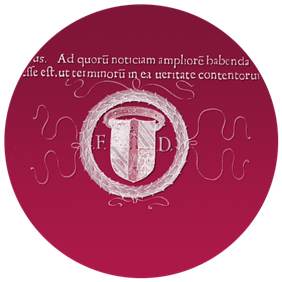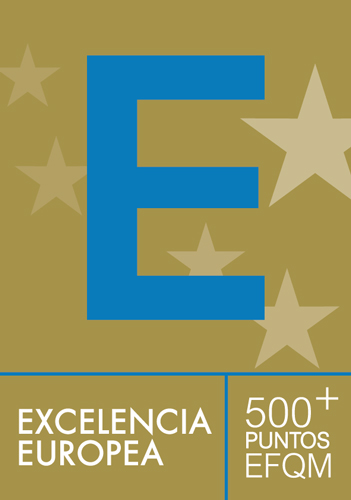Logo
Ancient fund: incunabula
Ancient fund: incunabula
The collection | Catalogues | Printer's devices | Former owners | On line incunabula in the University of Barcelona Digital Heritage Library (BiPaDi) | Catalogues and bibliographies | Virtual exhibition | Incunabula in the Rare Book and Manuscript collection blog | Incunabula in the Blog de Fons Antic | Participation in external projects
Currently, a large portion of the incunabula collection awaits recataloguing. While this effort will give us definitive figures, we can estimate at present that the collection houses some 812 editions and nearly 1,185 copies.
Of all the libraries in Spain, the collection of fifteenth-century editions in the Rare Book and Manuscript CRAI Library ranks third in number of copies and editions after the National Library of Spain and Seville’s Biblioteca Colombina, and it ranks first among university libraries. Acccording to the publication Catalogue of Incunabula in Spanish Libraries, and the online collective catalogues of incunabula ISTC and GW, the collection has 93 editions unique in Spain and 6 that are unique in the world.
While we will have to wait for a more in-depth view of the collection until after recataloguing is complete, this is clearly a rich collection originating from printing presses all over Europe, particularly Catalan, Spanish, Italian and French printers. In addition to books of a strictly religious nature, the collection covers a multitude of disciplines, including scientific, historical, philological and legal works.
Practically all of the incunabula come from disentailed convents in the province of Barcelona, though they often bear the marks of individuals who had previously owned them, including humanists, jurists, doctors, students and merchants.
Highlights include the legendary De Oratore, one of the first books printed in Italy and outside Germany. It came off the presses of Conrad Swenheym and Arnold Pannartz, German typographers established in Subiaco. Another highlight is the luxurious Breviarium printed on parchment in Lleida in 1479 by fellow German Henricus Botel at the expense, the colophone tells us, of the cathedral bell tower. And the collection contains one of the first examples of Barcelona printing: Sal·lusti, Ciceró and Florus, printed in 1475 by the typographers Ioannes de Salsburga & Paulus de Constantia.
All incunabula are listed in the UB's online catalogue, under the category Genre = incunabula.
|
|
A database of Printer's devises giving details of each printer's activity and the specific features of the devices they used. |
|
|
We know the provenance of our books because of handwritten or printed marks of ownership (ex–libris, ex–donos, stamps, coats of arms, etc.) that are found in them. The former owners are documented and their marks of ownership are digitalized and appear in the database of former owners |
![]() On line incunabula in the University of Barcelona Digital Heritage Library (BiPaDi)
On line incunabula in the University of Barcelona Digital Heritage Library (BiPaDi)
The main sources of incunabula cited in the catalogue entries are as follows:
Other specific publications on incunabula:
If you want to know how to cite the old collection and use the images of the Rare Book and Manuscript CRAI Library in your academic work, access the resource The old collection of academic work: some recommendations (Catalan)
Footer - Copyright
© CRAI Universitat de Barcelona
 Except where otherwise noted, content on CRAI UB web is licensed under a Creative Commons Attribution 4.0 International License.
Except where otherwise noted, content on CRAI UB web is licensed under a Creative Commons Attribution 4.0 International License.
















